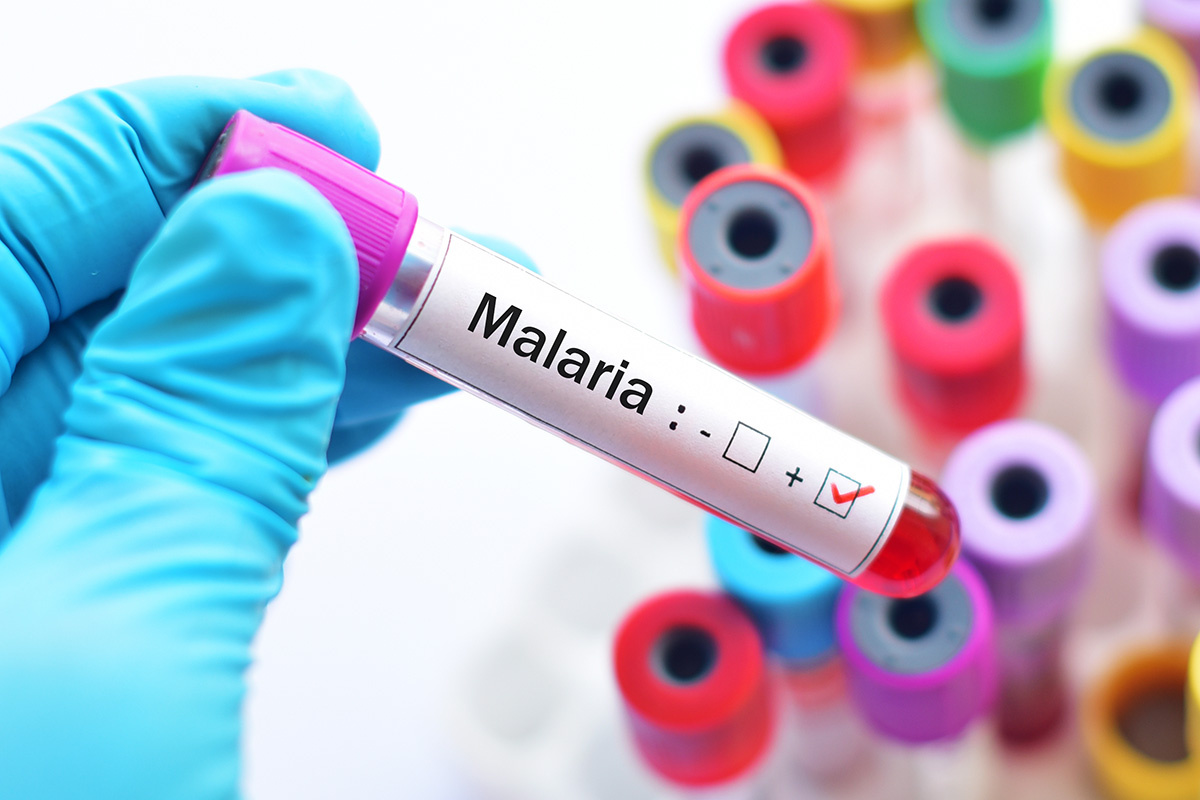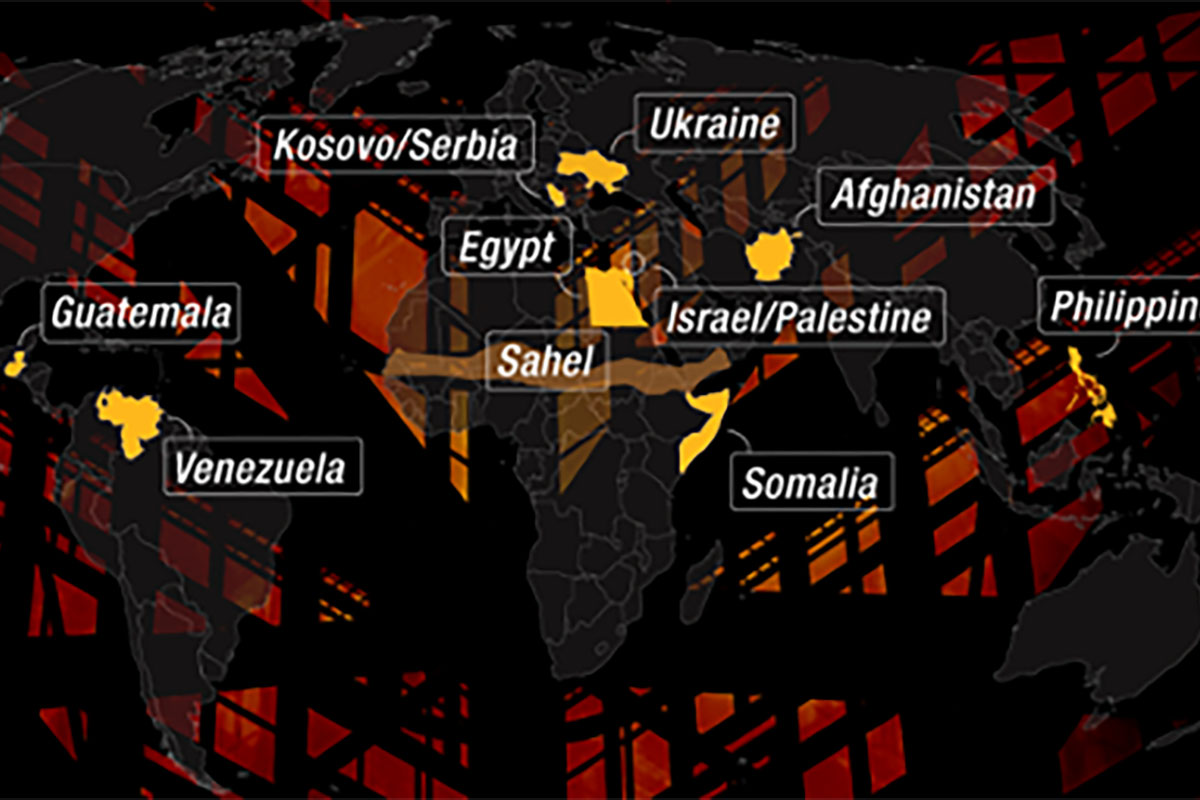Empowering Women to Innovate
March 11
Despite women making up roughly half of the world’s population, there continues to be less of them in science, technology, engineering and mathematics (STEM) compared to their male counterparts. This prevails due to a myriad of reasons. But as Karishma Arora, a 25-year-old Commonwealth Correspondent from India points out, women, men, employers – everyone – will all have a part to play in shifting mindsets to ensure women have equal opportunity to innovate and contribute to global development.
“I was not taken seriously; I was always told what to do, and if I had ideas, they would be shot down. I think that is the way many of our institutions function. They are very patriarchal,” said Dr. Soumya Swaminathan at the fourth Women Leaders in Global Health Conference, 2020.
Dr. Swaminathan, who is the Chief Scientist at the World Health Organization (WHO) and daughter of M.S. Swaminathan, the ‘Father of Green Revolution’ in India, was explaining how difficult it was for her to receive research grants and publish her findings.
Globally, only 33 per cent of researchers are women. In the push for gender equality, this figure shows there is still a far way to go. But there are several reasons behind the bleak statistic. One such reason revolves around gender stereotypes and bias.
From early childhood, the potential of girls is underestimated, especially in the fields of math and science. They are made to believe these subjects are too difficult for them to handle. This gender biased messaging leaves them feeling less than confident in pursuing subjects related to science, technology, engineering, and mathematics (STEM).
Another reason that holds women back from taking up careers in science is the lower compensation they receive compared to their male counterparts. And even if they enter the laboratories, many are faced with sexual harassment, bullying and disrespect. They are also awarded less research funding than men, and are less likely to be promoted. For instance, nearly 80% of the health care workforce are women, but only about 21% reach top positions as health executives and board members. Thus, an interplay of these factors causes a reduced sense of belonging in women when it comes to participating in STEM fields.
But while these issues are deterrents, the study of history provides us with an excellent collection of women role models in science. Be it Rosalind Franklin, who contributed to the structure of DNA, or Cecilia Payne-Gaposchkin, an astronomer who discovered the composition of stars, women have made a mark in scientific fields.
They have touched the sky and moved beyond. Talk of Valentina Tereshkova, the first woman in space or Shakuntala Devi, the human computer. These women, and others like them, must serve as the ideals for young girls who aspire to take up careers in science.
It is high time we realise that both science and gender equality need to go hand in hand to achieve the Sustainable Development Goals by 2030.
We recently celebrated the 7th International Day of Girls and Women in Science, let us make an effort to encourage women of all ethnicities to not only become beneficiaries of science but also agents of change. Let us treat women equally in the workplace, give them equal opportunities and compensate them accordingly.
Let’s take a pledge:
We, as women, dream fearlessly. We, as men, welcome the perspective and creativity of our counterparts. We, as employees, feel confident and valued. We, as employers, try to provide a safe and competent workplace. Lastly, we as humans, smash stereotypes and encourage each other to contribute in research and innovation.
Photo Credit: Canva
……………………………………………………………………………………………………………………………………………………………………………………………………..
About Karishma Arora: My source of happiness is working for the vulnerable and underprivileged. I aspire to be a civil servant and contribute to public services. Some of my interests include creative writing, photography and debating.






